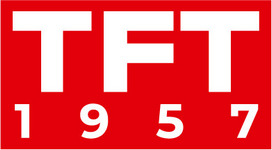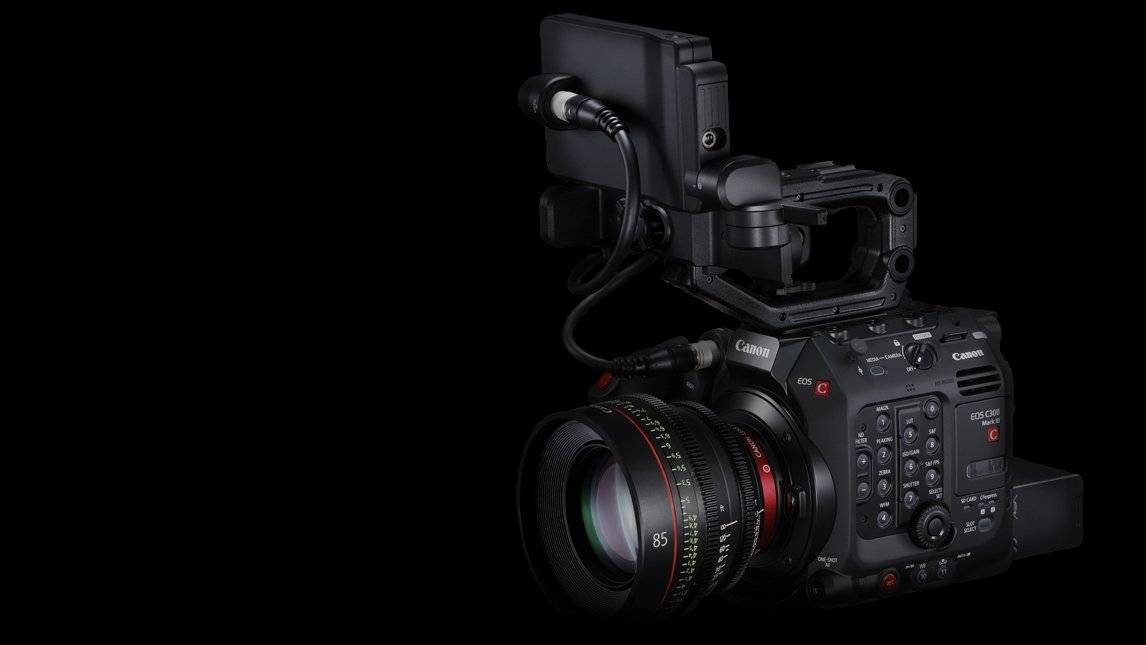
A Duel of Zooms: Canon vs. Fujinon – Battle of the Titans in Sports and Event Broadcasting
When it comes to capturing the adrenaline-pumping action of sports events and the glittering spectacles of live performances, the choice of the right TV zoom lens can make all the difference. Today, we’re pitting two of the most popular TV zoom lenses against each other: Canon’s CJ20ex5B and Fujinon’s UA24x7.8BERD. We’ll be diving into four main points, peppering in some real-world examples, and delving into the technical nitty-gritty that makes nerds swoon. Let’s begin with a little history of both brands and their motorized zoom lens lineup.
A Brief History
Canon and Fujinon have long been the titans of the broadcast industry, both boasting a rich heritage of innovation and quality. Canon, founded in 1937, has been a frontrunner in the photographic and video lens market, while Fujinon, the optical division of Fujifilm, has been in the game since 1944. Both have a strong presence in the broadcast industry with their motorized zoom lenses, particularly in the realm of sports and event coverage.
Design and Build
The Canon CJ20ex5B is a 4K UHD portable lens with a 20x zoom range and an impressive 5mm wide-angle end. It’s a relatively compact lens, weighing 4.76 lbs., which makes it a suitable choice for shoulder-mounted cameras or ENG setups. With its ergonomics and user-friendly design, it’s a favorite among camera operators who have to move fast and adapt on the fly.
The Fujinon UA24x7.8BERD is also a 4K UHD lens, but with a slightly larger 24x zoom range and a 7.8mm wide-angle end. It weighs in at 4.85 lbs., which is only slightly heavier than the Canon. Both lenses are built for durability and are designed to withstand the rigors of live sports and event production.
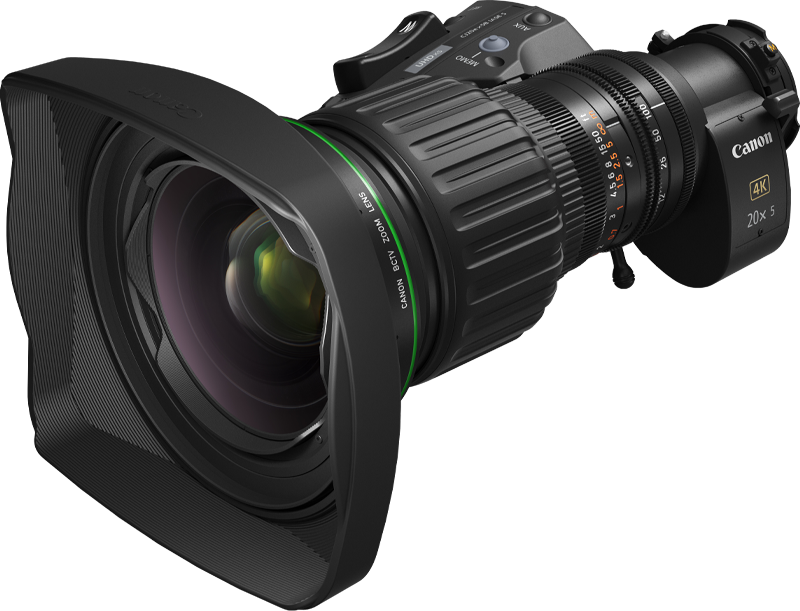
Optical Performance
The CJ20ex5B is known for its high-resolution images, thanks to Canon’s advanced optical technologies. It minimizes chromatic aberration and delivers sharp, vivid imagery even at the edges of the frame. This lens truly shines when covering live sports, like basketball, where the 5mm wide-angle end allows capturing the entire court in a single frame.
The Fujinon UA24x7.8BERD boasts stunning optical performance as well. It offers a High Transmittance Electron Beam Coating (HT-EBC), which reduces ghosting and flare while enhancing image contrast. Its 24x zoom range offers incredible versatility when covering events like concerts, where the lens can go from wide shots of the entire stage to tight close-ups of performers’ expressions.
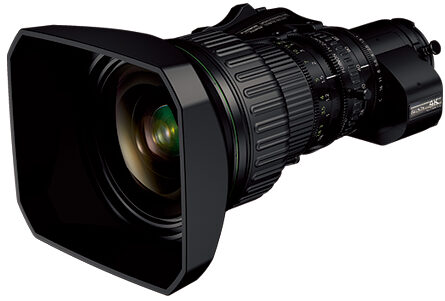
Autofocus and Image Stabilization
Both Canon and Fujinon lenses come equipped with advanced autofocus systems, ensuring quick and precise focus even in fast-paced sports and events. The Canon CJ20ex5B uses a servo system that is highly accurate and responsive, allowing camera operators to nail those crucial shots during live events.
The Fujinon UA24x7.8BERD also features a highly reliable autofocus system. Its Quick Frame technology provides additional support for manual focusing, which is especially useful when the operator has to quickly switch between subjects in a dynamic environment.
Both lenses offer optical image stabilization, essential for capturing steady footage in challenging situations. Canon’s Shift-IS system and Fujinon’s Optical Stabilization work effectively to minimize camera shake and ensure smooth, stable footage during live broadcasts.
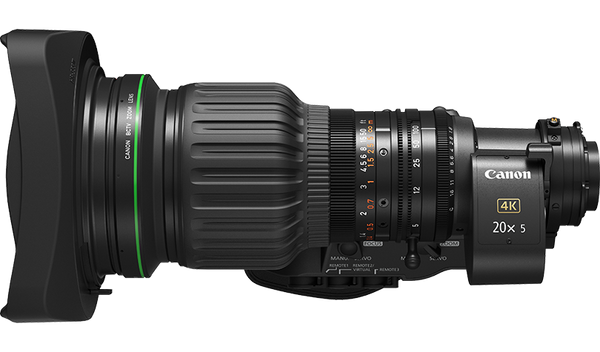
Conclusion
In the showdown between the Canon CJ20ex5B and the Fujinon UA24x7.8BERD, it’s clear that both lenses bring their own strengths to the table. The Canon CJ20ex5B offers a wider field of view, making it perfect for capturing the action in sports events where a wider angle is crucial. On the other hand, the Fujinon UA24x7.8BERD boasts a larger zoom range, providing versatility and close-up capabilities that shine in live event coverage like concerts.
Ultimately, the choice between these two powerhouse lenses boils down to the specific requirements of your sports or event production. Both lenses have proven their worth in the real world, offering top-notch optical performance, reliable autofocus, and effective image stabilization. No matter which lens you choose, you can be confident that you’re investing in a tool that will elevate your sports and event broadcasts to a whole new level.
